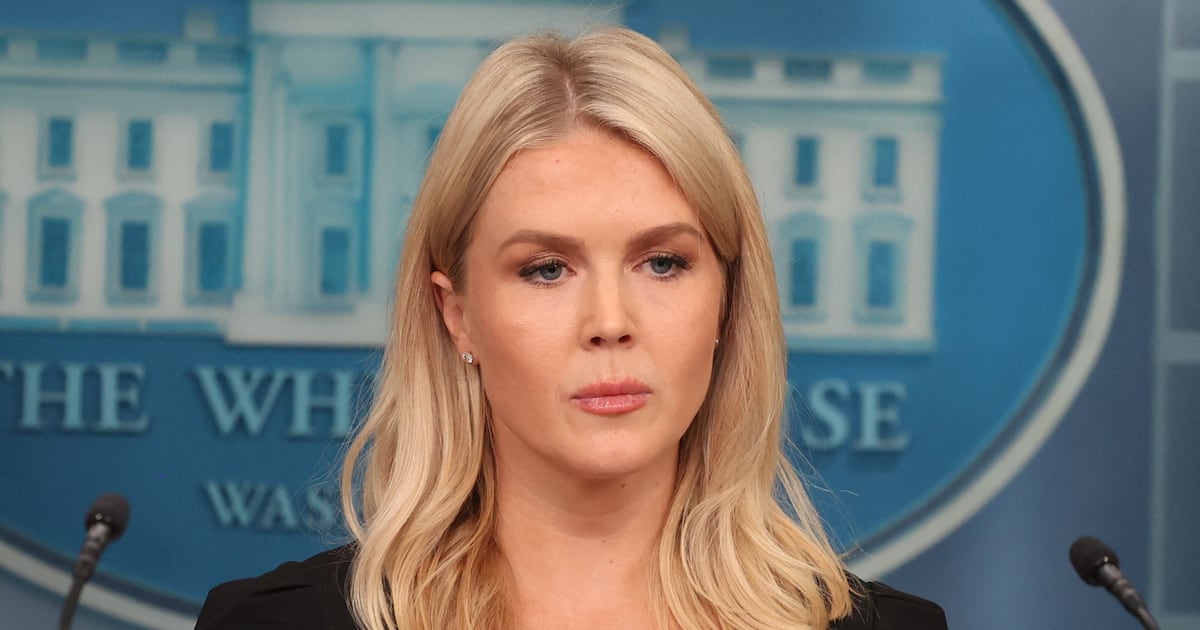In 1873, German photographer Ernst Ohlmer was visiting Beijing when he decided to explore an area on the outskirts of town that was officially restricted to tourists. He brought along his camera and took photographs of what he found there before he was discovered by local authorities and thrown out.
The 12 glass negatives that remain from this excursion are haunting both in the images they present and the story of loss that they tell. In the black-and-white prints, the facades, ornate arches, and solitary walls of once-palatial palaces stand abandoned and crumbling, with overgrown vegetation beginning to envelop the sites.
There is a wild, desolate air to the scene that is magnified by the knowledge that these fragile remains only hint at the overwhelming grandiosity of what the location once held, and its overwhelming loss.
Just 13 years before Ohlmer set his lens on the deteriorating remains, Yuanmingyuan, which roughly translates to “The Garden of Perfect Brightness,” was one of the grandest sites in all of China.

Now commonly referred to as the Old Summer Palace, Yuanmingyuan was an almost unimaginably magnificent retreat created by emperors from the Qing Dynasty that displayed an incredible range of feats in architecture and artistry, not to mention the sheer riches of China.
Then, the Second Opium War was launched. The British and French invaders weren’t satisfied with forcing new concessions from the country they had invaded, they also plundered Yuanmingyuan of much of its treasures.
Then, Lord Elgin, commander of the British troops, issued a harrowing order that resulted in an act of extreme cultural destruction masquerading as revenge. The Old Summer Palace—which occupied an area about eight times the size of the Vatican City—was to be burned to the ground.
“You can scarcely imagine the beauty and magnificence of the places we burnt. It made one’s heart sore to burn them,” British Captain Charles Gordon wrote in a letter home. “In fact these palaces were so large, and we were so pressed for time, that we could not plunder them carefully. Quantities of gold ornaments were burnt, considered as brass. It was wretchedly demoralizing work for an army. Everybody was wild for plunder.”
Over 150 years later, it is a loss that China still viscerally remembers and one that continues to exemplify the destructive force and cultural devastation wrought by colonialism.
Yuanmingyuan was first conceived by Qing emperor Qianlong starting in 1750. The emperor wanted to build an Imperial Garden that also had spaces for work, recreation, and spirituality and that would serve as the perfect summer getaway from the heat and chaos of life in the Forbidden City.
His successors continued to add to his vision and build on the site for over a hundred years, and it eventually became the primary residence for the Chinese rulers.
If history has shown us anything, it is that one of the sole purposes of royal families is to display their power, privilege, and, above all, riches in as bold and brazen a way as possible. The Qing emperors nailed this mission when they began building their summer palace.
Although “palace” is too tame a word for what the site eventually held. Massive in its sheer size, Yuanmingyuan was more like a royal compound or a mini royal city.
It was built both to incorporate and promote the natural features of the area, and it ultimately was built around three large gardens—the Garden of Perfect Brightness, the Garden of Eternal Spring, and the Garden of Elegant Spring.
While the natural surroundings of the area were of utmost importance to the design, that didn’t mean it was a tree-huggers paradise. There were all the fixings needed to make an emperor feel right at home.
Yuanmingyuan contained hundreds of structures including multiple palaces, libraries, theaters, galleries, and temples. These buildings were stuffed with works of sculpture and art and porcelain. There were jewels and furs and silks and a royal amount of gold.
“I love to linger over the recollection, but I cannot make you see it,” Robert McGhee, a chaplain assigned to the British army in 1760, wrote. “A man must be a poet, a painter, a historian, a virtuoso, a Chinese scholar, and I don’t know how many other things besides, to give you even an idea of it, and I am not an approach to any one of them. But whenever I think of beauty and taste, of skill and antiquity, while I live, I shall see before my mind’s eye some scene from those grounds, those palaces.”

In 1860, the Second Opium War was well under way. The Western forces had been unhappy with the concessions they won at the end of the First Opium War, so they invaded again in 1856 to force the emperor’s hand. On Oct. 7, 1860, the French pulled up to the gates of Yuanmingyuan and the fate of the garden was set in motion. The emperor had recently fled, so the plunder of the royal palace began in full force.
When the British arrived a few days later, they were treated to the sight of a raucous French army gallivanting around in their newly ill-begotten finery. British lieutenant colonel Garnet Wolesley wrote that, on their arrival, they saw “a string of French soldiers going in empty-handed and another coming out laden with loot of all sorts and kinds. Many were dressed in the richly embroidered gowns of women, and almost all wore fine Chinese hats instead of the French kepi.”
The British quickly joined in.
Plundering this unparalleled site was a severe cultural sin in its own right. China’s treasures were yanked from their homeland and dispersed throughout the west.
Because of the British rules of plunder—you must be civilized even in your incivility, after all—large auctions of these valuables and antiques were held back in England, and so many of these pieces hit the market and caught the fascination of westerners that, according to Lillian M. Li in a project for MIT, the chinoiserie rage of the mid-19th century was in part fueled by the plunder of Yuanmingyuan.
Even four-legged creatures weren’t safe from the soldier’s sticky fingers. Both the British and the French returned home with plenty of spoils to present to their lieges. One of the offerings made to Queen Victoria was a Pekinese dog that was irreverently named “Looty.”
According to Chris Bowlby writing for the BBC, one witness to the cultural carnage observed that, “Officers and men seemed to have been seized with temporary insanity. In body and soul they were absorbed in one pursuit which was plunder, plunder.”
In the years that followed, and as public backlash against the destruction began, the two armies would play a game of finger pointing at who was responsible. But the final and ultimate act of destruction lay firmly with the British.
While soldiers were busy looting Yuanmingyuan, a British delegation that included an early foreign correspondent named Thomas Bowlby, an ancestor to the BBC writer, was captured by Chinese officials. By mid-October, 19 of the captives were dead and it was clear they had suffered severe torture at the hands of their captors.
When Lord Elgin heard of their fate, he saw red. He ordered the entire Yuanmingyuan complex to be burned to the ground in a “solemn act of retribution.”

The task was so large that, according to Sheila Melvin in the New York Times, it took 4,500 soldiers to set fire to the Old Summer Palace. The only area that partially survived the fury was a slip of land known as the European section, where buildings and palaces had been built in a Western style partially using fire resistant marble and stone. Those were the ruins that Ohlmer would photograph 13 years later.
While this was the greatest indignity Yuanmingyuan would suffer, it would not be the last. Over the next decades, looting of the few treasures that remained would occur at the hands of locals, Western soldiers, and even the Red Guards of the Cultural Revolution.
But as history has marched on, so too have the feelings of loss and regret at the wholesale destruction of such an incredible treasure. When the emperor exiled from Yuanmingyuan learned of the fate of his beloved home, he allegedly vomited blood. While he had never been in great health, this might have been the last straw for the 30-year-old. A year later, still heartbroken over the loss, he died.
Just over 150 years may have passed, but the feeling of loss remains. The Chinese government has attempted to reclaim some of the cultural heritage whenever treasures from Yuanmingyuan hit the art market. But there is no way to salvage the most valuable treasure of all: Yuanmingyuan itself.
It was the British chaplain Robert McGhee’s compatriots who were responsible for the destruction, but he still felt its loss keenly. He put his feelings into a letter home: “It was a sacrifice of all that was most ancient and most beautiful. It is gone, but I do not know how to tear myself from it.”






